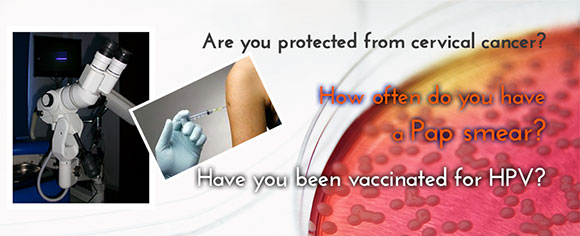
BREAST CANCER PREVENTION
Breast cancer is the most common tumor among occidental women. In Spain an estimated 22.000 women are diagnosed with breast cancer each year. Breast cancer death rates have been going down, this is probably the result of finding the cancer earlier and better treatment (at least in women over 50).
Screening mammography is used as a diagnostic and a screening tool. The goal of mammography is the early detection of breast cancer. It can detect non palpable masses in the breast. Early detection of breast cancer with screening mammography means that treatment can be started earlier in the course of the disease, possibly before it has spread (metastasis). Lower stages usually require less aggressive treatments.
Women age 40 and older should have regular mammograms. Women who are at higher than average risk of breast cancer should have mammograms before age 40 (a woman's chance of developing breast cancer increases if her mother, sister, and/or daughter have been diagnosed with the disease). In any case, you should seek your doctor's opinion and advice.

CERVICAL CANCER PREVENTION
Infection with some types of human papilloma virus (HPV) is the greatest risk factor for cervical cancer. HPVs are a group of more than 100 related viruses. At least a dozen high-risk HPV types have been identified. Two of these, HPV types 16 and 18, are responsible for the majority (75%) of HPV-caused cancers. HPV is spread through sexual contact. Any sexually active person can get HPV. In fact, at least 1 in every 2 sexually active young women has had a genital HPV infection. Fortunately, most people do not develop symptoms or health problems from it and the body’s immune system clears HPV naturally.
The most consistent predictors of HPV infection are measures of sexual activity, such as: younger age at sexual debut, partner with a history of multiple partners, lack of condom use, other STDs, etc.
HPV vaccination helps reduce the chances of getting cervical cancer. However, it does not substitute for routine cervical cancer screening. Vaccinated women should still go for regular Pap smear for early detection of cervical cancer.
- The Pap smear is a screening test used to detect potentially pre-cancerous and cancerous processes in the endocervical canal of the female reproductive system. The test aims to detect potentially pre-cancerous changes. Changes can be treated, thus preventing cervical cancer. In general, screening starts about the age of 20 or 25 and continues until about the age of 50 or 60. Guidelines on frequency vary from every three to five years.
- Vaccination can prevent most cases of cervical cancer (and most vaginal and vulvar cancer), if given before a girl or woman is exposed to the virus. The vaccines also protect against the HPV types which cause genital warts. The virus is not a live virus, which means nobody can get HPV from the vaccine.
The Spanish Committee for Vaccination (CAV) and the Spanish Association of Pediatrics (AEP) support HPV vaccination programs as part of a cervical cancer prevention plan. HPV vaccination is recommended for girls between 11 and 14 years old.
The vaccines are most effective when given to females before they are sexually active, although they may be appropriate for sexually active women, too. Vaccination generates antibodies against HPV, which are necessary to fight the virus.
